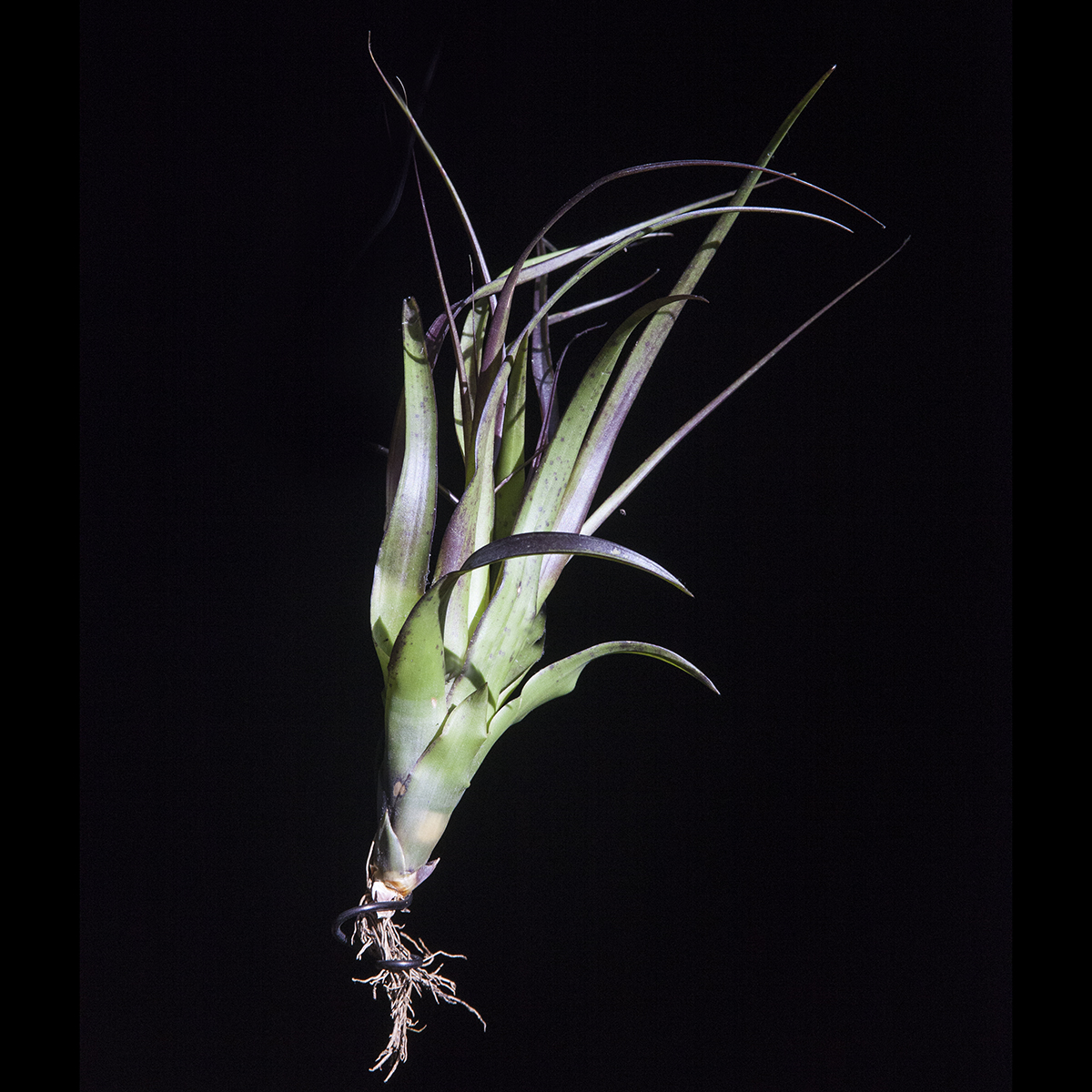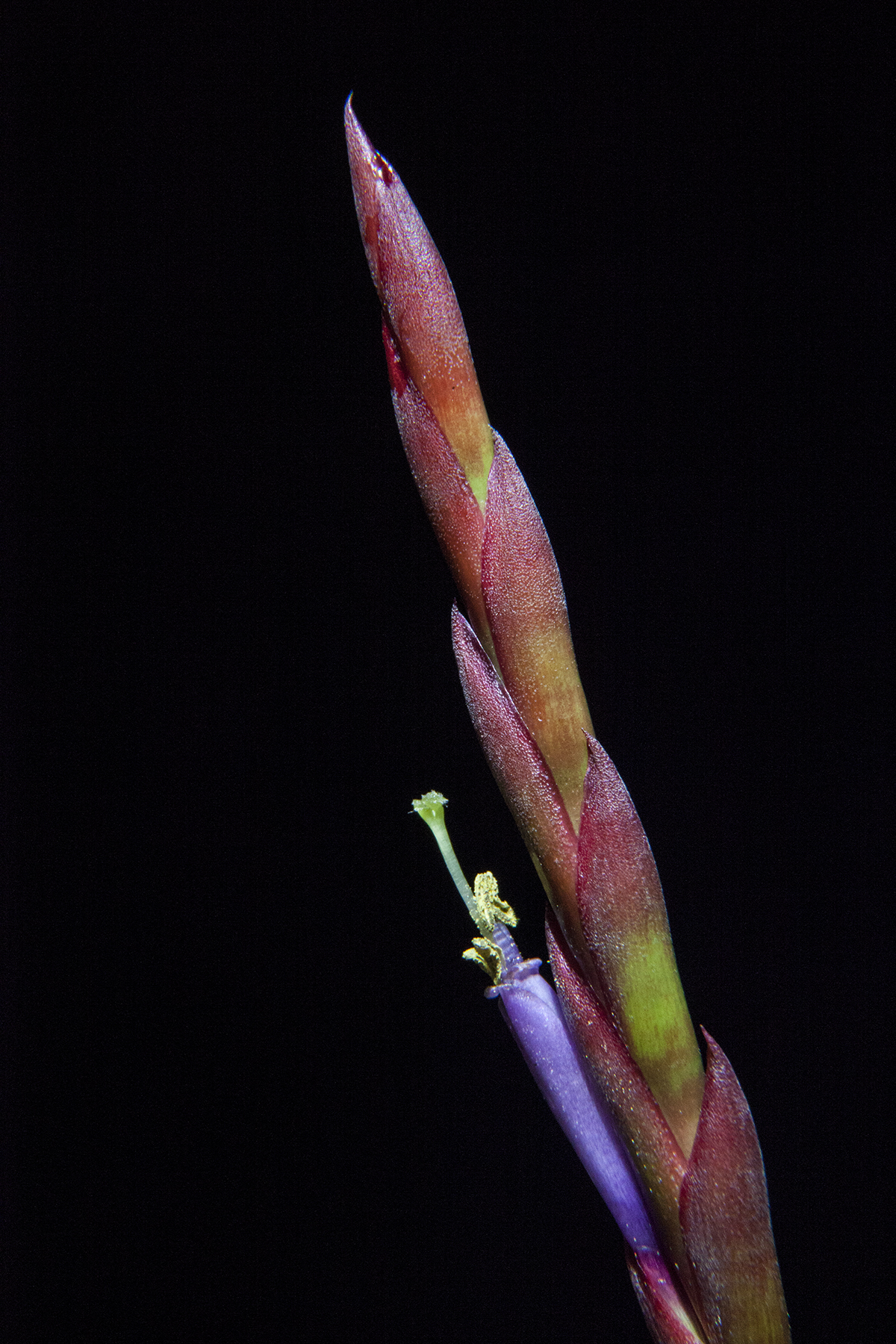|


.
|
Family: Bromeliad
Sub-Family: Tillandsioideae
Genus: Tillandsia
Sub-Genus:
Native distribution: This species is widley distributed and native to Bolivia, Costa Rica, Veracru, Oaxacaz, , San Luis Potosi, Tabasco, Chiapas, Yucatán, Puebla, Venezuela, Colombia, the West Indies and southern Florida.
Habit: Tillandsia variabilis is a leather leaf epiphyte growing in the branches of various trees in moist forests. Usually single but occasionally in clumps
Foliage: Leaves are narrowly triangular, soft and brittle, up to 30 cm long, with the the inflorescence it reaches 40cm
Flowers: Inflorescence is usually simple, sometimes with 2-3 branches but never palmately branched. Bracts are red, green or purple, less than 1 cm wide, covering and obscuring the rachis. Flowers are lavender to blue, up to 3 cm long
Seed:
Pups:
Cultivation:
Fertilization: A mist every week with Epiphyites Delight or Epsom salts during the growing season will help the plant.
( Epiphyte’s Delight fertilizer was developed for a special reason. Nitrogen promotes foliar growth. If you have Tillandsias, Orchids, or other epiphytes and you feed them, take a look at the nitrogen content. If it’s high in urea, the plants can’t use it because the urea needs a bacteria in soil to break it down into ammonia and nitrates. Since the epiphytes don’t have any soil they can’t break down the urea. It was for this reason that we had Epiphyte’s Delight formulated. It contains only ammoniacal and nitrate nitrogen which is immediately accessible and usable by the plants.)
Availability:
|